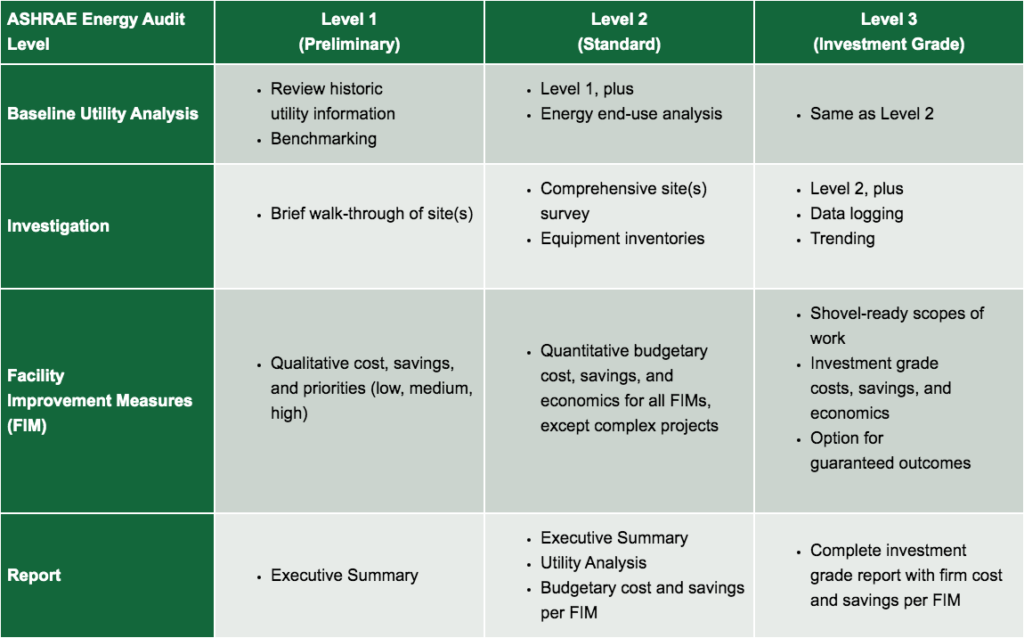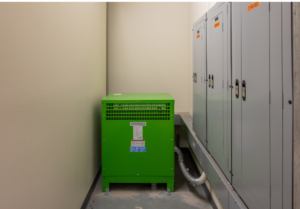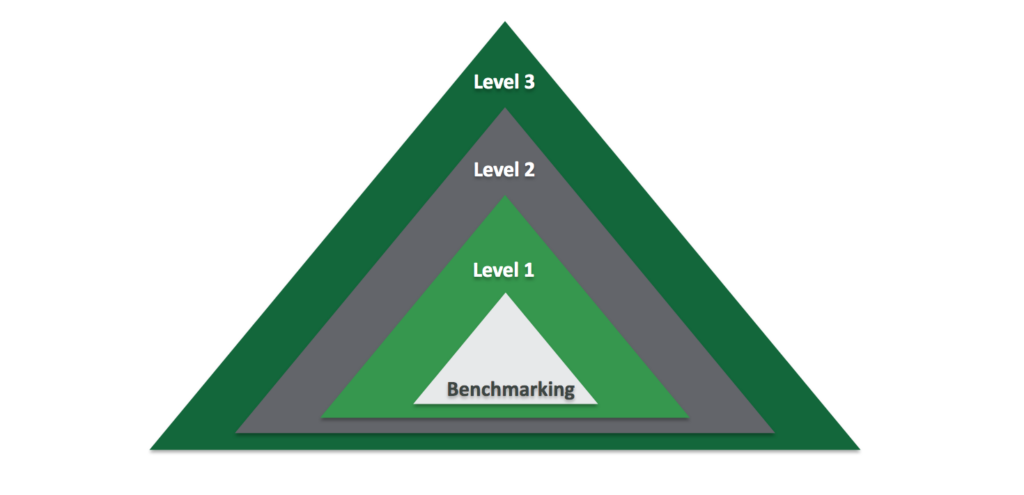There are three levels of ASHRAE audits, each with its own level of detail, scope, and requirements. In this blog post, we will discuss each of the ASHRAE audit levels and what they entail.
Level 1 ASHRAE Audit
A Level 1 ASHRAE audit is the most basic audit level and is typically used for buildings with simple systems. The audit focuses on a walk-through of the building to identify opportunities for low-cost energy savings measures. The audit includes a review of utility bills, equipment, and operational data, and it provides a high-level overview of the building’s energy consumption. The main objective of a Level 1 ASHRAE audit is to identify low-cost/no-cost energy conservation measures that can be implemented immediately, with a payback period of one to two years.
Level 2 ASHRAE Audit
A Level 2 ASHRAE audit is more detailed than a Level 1 audit and includes a more comprehensive analysis of the building’s energy consumption. This audit level is typically used for buildings with more complex systems. A Level 2 audit includes a walk-through of the building to identify energy conservation measures, as well as a more in-depth analysis of energy consumption data. The audit team will also review the building’s HVAC, lighting, and other energy-consuming systems to identify areas for improvement. The audit will provide a more detailed report with energy savings potential, cost estimates, and payback periods for each measure identified.
Level 3 ASHRAE Audit
A Level 3 ASHRAE audit is the most comprehensive and detailed audit level and is typically used for buildings with complex systems. A Level 3 audit includes a complete analysis of the building’s energy consumption, including a detailed analysis of the building’s systems and components, and a review of the building’s operational data. The audit team will also develop an energy model of the building to simulate energy performance and identify energy conservation measures. The audit report will provide a detailed analysis of the building’s energy consumption, as well as recommendations for energy conservation measures, cost estimates, and payback periods.
Conclusion
ASHRAE audits are a valuable tool for building owners and managers looking to reduce energy consumption and increase efficiency. By understanding the different levels of ASHRAE audits, building owners and energy managers can choose the appropriate level of audit to meet their needs and budget. Regardless of the audit level, implementing the recommended energy conservation measures will lead to significant energy savings and reduced operating costs.
Reference: ASHRAE 211-2018 Standard for Commercial Building Energy Audits










